Are you a gardener constantly looking for signs of diseases threatening your exotic plants? You are on the right page! Not knowing what to look out for can be daunting, particularly with numerous garden diseases threatening to strike.
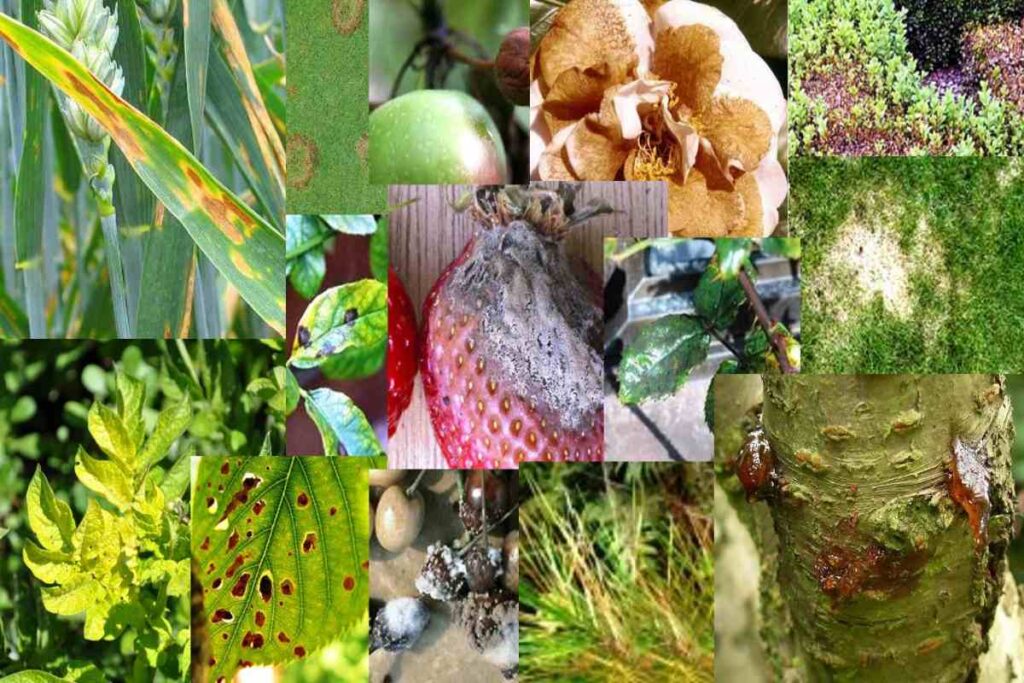
Thankfully, I have curated a list of the five most common garden diseases. So, regardless of your status as a gardener, this piece should answer your questions about those lurking in your backyard. Let’s get right into it!
The Honey Fungus
First on my list of the top 4 garden diseases is Honey fungus. The name sounds delicious, right? Trust me, it is a virulent fungal infection that kills the hardiest plants you can imagine. Notably, the Honey fungus is the general name for many Armillaria fungus species that spread underground.
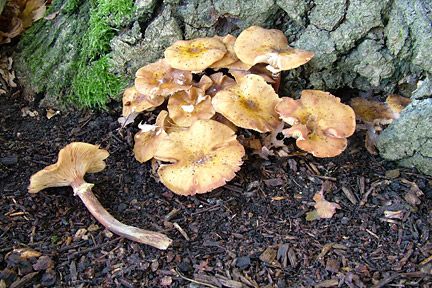
When it comes into contact with a woody plant, this fungus kills the roots and digests the dead wood. The attack leads to flower failure, cracked and bleeding bark, and even plant death. Although Honey fungus can affect up to 140 plant species, it mainly affected privets, roses, and viburnums in the previous year.
ALSO READ: Flower Bed Edge Ideas That Will Make Your Garden Look Like Paradise
Significant signs of the infection include a thin white layer of fungal tissue that forms beneath the bark at the plant’s base. However, in autumn, small clusters of mushrooms may also appear. To date, no chemical treatment can prevent or cure the infection. Hence, your best bet is to burn the affected plants to prevent the spread of the infection.
Pear and Apple Scab
Pear and apple scab is second on my list of the top five garden diseases. Like the honey fungus, this infection is highly contagious. Based on its mode of perpetuation, it is an airborne disease caused by the airborne spores of Venturia Inaequalis.
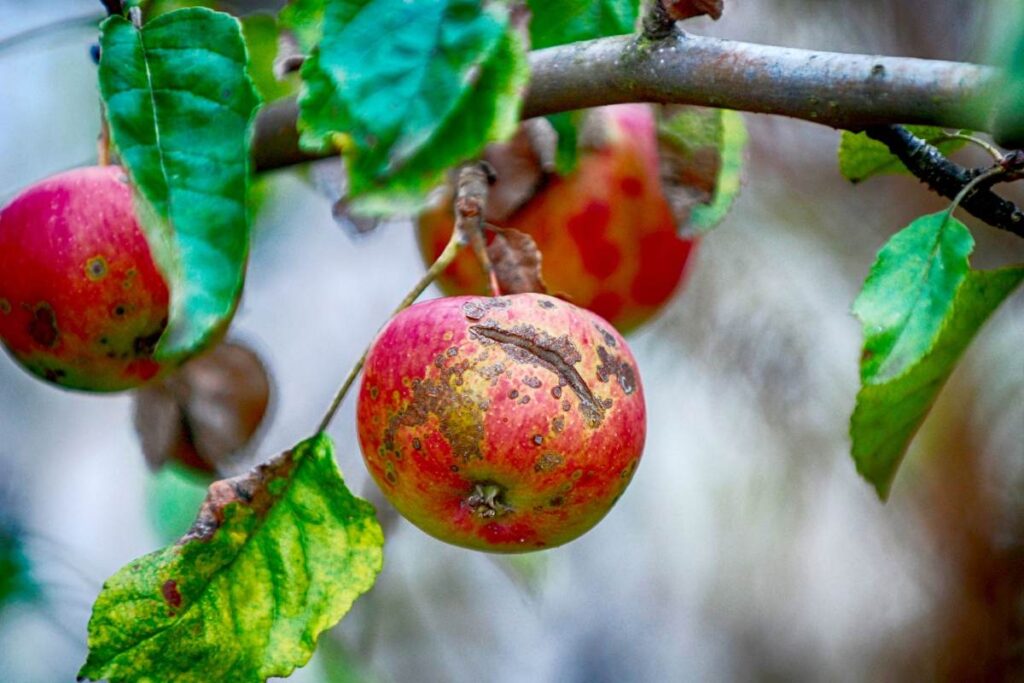
According to experts, many fruit trees were previously affected by several diseases in 2023. Notably, apple, pear, and prunus trees were among the most commonly affected trees. The common signs of the infection are scars or olive-green spots on leaves. These spots usually appear velvety and occur from mid-spring till autumn.
It’s noteworthy that these signs are merely cosmetic. Rest assured, you can eat the fruit and be just fine. Experts reveal that the most effective way of preventing the infection is maintaining proper hygiene. Moreover, safely disposing of infected plant material from your garden matters, too.
POLL—Should the Government Implement Stricter Penalties To Combat Retail Theft?
Rose Black Spot
According to experts, wet and warm conditions are one of the major contributors to this disease. The rose black spot is inarguably the most severe disease that affects rose plants. A common symptom is a rapidly growing black or purplish patch on leaves, which persists as long as the leaves stay on the plant.
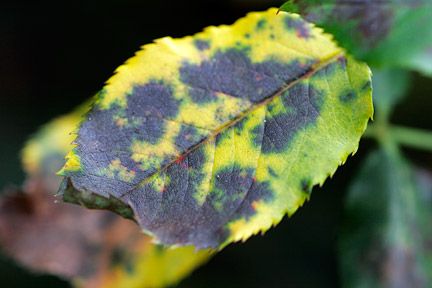
In extreme cases, the tissue around the leaves can turn yellow, as the plants lose almost all their leaves. Unlike the diseases mentioned above, you can use certain fungicides to treat this infection.
However, experts say the most practical way to prevent disease spread is by pruning away infected material. Now is an excellent time to start pruning infected plants in your garden!
Pear Rust
Pear rust is another common garden disease. It is a fungal infection caused by Gymnosporangium sabinae. It causes bright orange spots on the upper surface of pear leaves. These spots first appear in summer and then autumn, so it might take a little while to realize that your pear trees are infected.
WATCH: The World’s Second Most Populous Country Battles Population “Doom Loop”
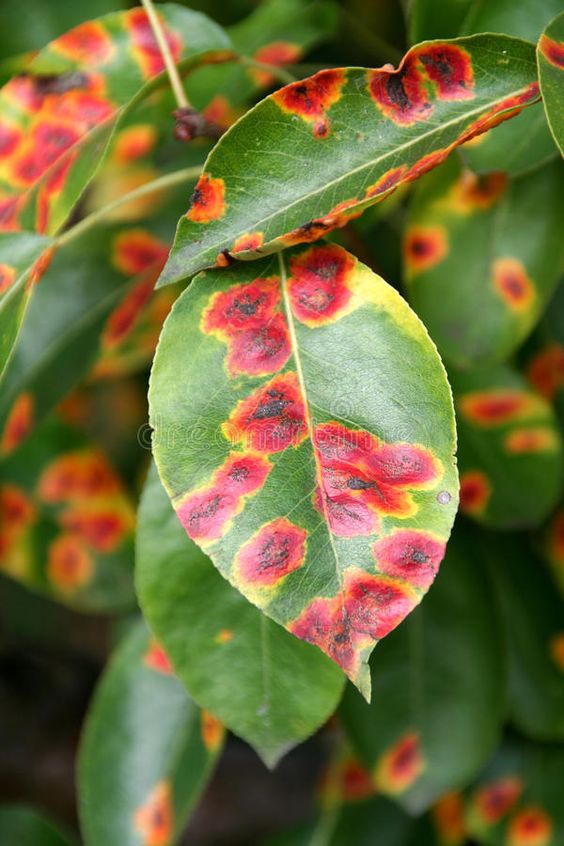
Although from its name, pear rust doesn’t affect only pear trees; it also affects juniper trees. As a matter of fact, the fungus must infect pear and juniper trees for a complete life cycle. However, the symptoms are more noticeable on juniper trees, showing an orange jelly-like outgrowth in spring after high humid periods.
Blossom Wilt of Fruit Trees
Last on my list is this disease, which, given its name, pretty much describes itself. This infection affects a range of fruit trees, including plums, cherries, apples, and many others. The fungus turns to wilt and brown when it comes in contact with a flower.
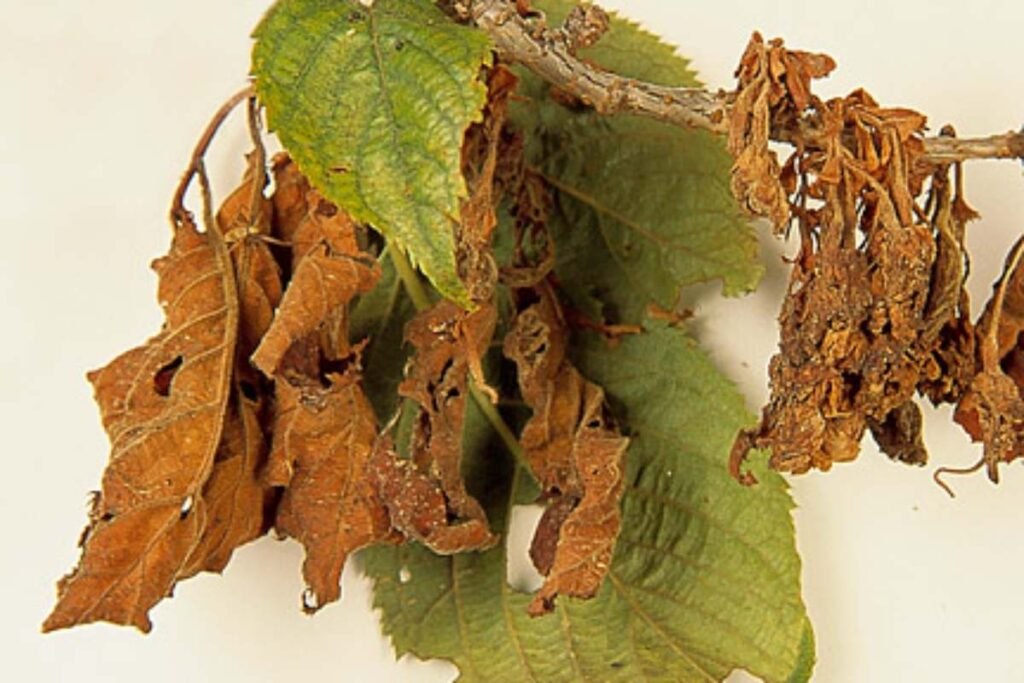
Some species of this fungus cause brown fruit rot rather than attacking the flower. Currently, no fungicides can treat this garden disease, and generic fungicides are not advisable.
You Might Also Like:
Lara Trump Faces Criticism After Highlighting the Difference Between the GOP and Democrats
James Gunn Confirms Recasting “Wonder Woman”
Blueface’s Manager Sheds Light on Chrisean Rock’s Legal Situation
White House Fumes Over Viral Clip Showing Biden’s Mental Decline
10 Shoes You Can Style With a Navy Dress

